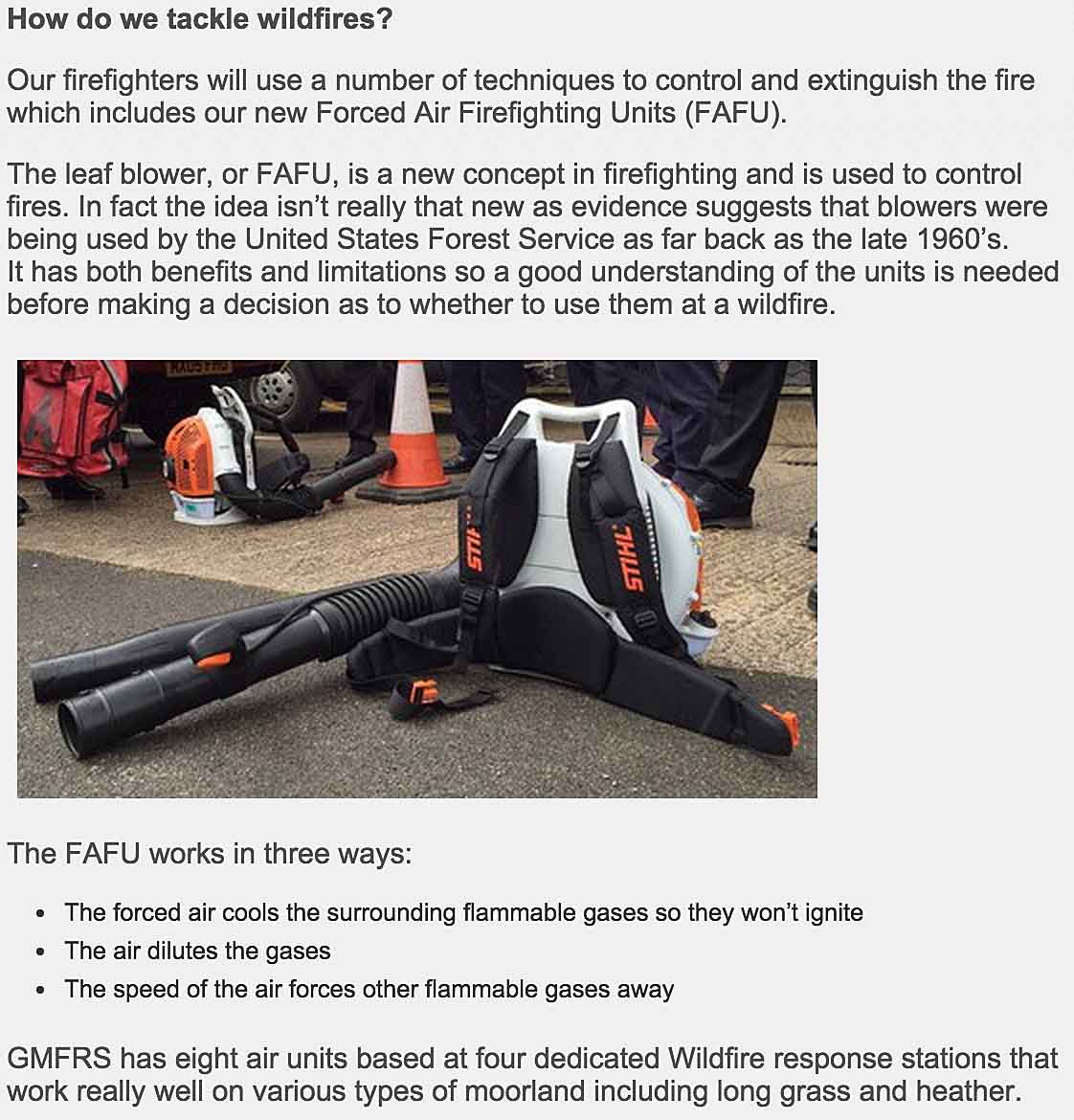We have written before about the dangers of sky lanterns, the paper or plastic balloons that are sent aloft powered by the hot air generated from a small flaming device. They have started many fires, both wildland and structural, and are banned in at least 29 U.S. states.
The city of London in the UK is considering banning the devices. Below is an excerpt from an article in The Londoner. We concentrate on the fire hazard, but don’t often mention that each sky lantern becomes someone else’s garbage.
…It still begs the questions, “What could possibly go wrong with releasing paper globes into the night sky, that you have zero control over, filled with fire, paper, hot wax and bamboo?”
Health Canada investigated and didn’t find a reason to regulate the lanterns three years ago. But since then, they have grown in popularity. When items like this grow in popularity, the poorer-quality knock-offs slip into the mainstream. And what used to be the odd event here or there has become the norm, sending thousands of these flaming lanterns into the sky.
There are several serious fires on record all over the world, including a fire started from a lantern that destroyed 800 acres in Horry County, South Carolina. The most recent wildfire is noted in Colorado this past March. Many countries have begun banning sky lanterns.
Let’s step past the whole argument for the potential to set a national park ablaze, sending up a sky lantern in memory of your faithful hamster Stewie for a moment. Let’s look at the other collateral damage. Garbage.
These lanterns just don’t disappear once they are out of view. Once they fall back to earth, they become garbage. And not biodegradable garbage either. Unless wire has become biodegradable recently…



